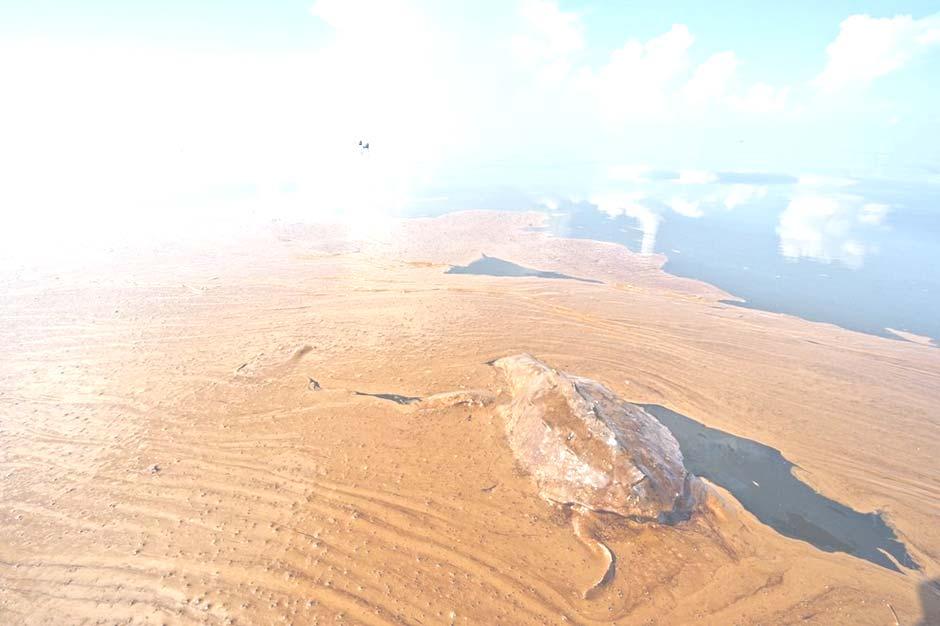
2 minute read
BP Oil Spill: 4 Years Later
By Selen Altiok
As we tune into our radios and televisions and turn on our computers, we have the ability to access any type of news from an endless amount of media sources. Every single day, we attempt to keep up with current news around the world, yet our minds tend to diverge away from past events that indirectly impact us. Last April marked four years since the devastating BP spill that spewed 200 million gallons of oil into the Gulf of Mexico. The media focuses less on the aftermath of this occurrence, but the coast and its species are still recovering from the harsh oil impacts. The preventable mistakes that occurred in
the areas of management, planning, environment assessments and risk analyses should remain as exemplary situations that should never happen again.
According to the National Geographic, BP has paid $28 billion over the past four years on cleanup efforts. This past month, the U.S. District Court of Eastern Louisiana issued a ruling that stated BP portrayed “gross negligence” and “willful misconduct” prior to the spill. The ruling is under intensive debate since BP would have an additional $18 billion in fines; however, BP exhibited insufficient planning and management in order to save time and money. The need for the project to hastily begin resulted in numerous mistakes, particularly in the environmental impact statement and risk analyses for the technology and maintenance. There are and will be future plans of drilling, particularly in the Atlantic Ocean which is known to be much riskier due to its overall deepness and significantly larger waves. Another blowout must be prevented because as seen from the BP blowout, once oil is in the ocean, it is nearly impossible to fully recover. Through this unfortunate event, there is an existing model for future projects to follow closely on the mistakes that were made.
Currently, there are 12 species that are either listed as endangered or as threatened, thus recovering from the spill is far from over. So, what is still happening in the gulf coast? The National Wildlife Federation states that there is still a large amount of oil unaccounted for, which is severely impacting the ocean life and water quality. Apparently, the true impacts of the spill will only reveal itself in years to come. There needs to be more research produced in order to see the long term impacts of oil exposure on these species. For instance, lab studies conducted research on coral colonies and the long term effects of oil show lower survival rates for the ones exposed. Coral colonies seven miles out from the spill site are severely damaged. Till this day, 900 Bottlenose Dolphins were found dead or stranded in the spill areas, and 500 sea turtles were found dead. The 5 species of sea turtles that inhabited the coast are all listed as endangered or threatened. 826 brown pelicans had exposure to the oil, and 577 have died. The detrimental impacts of oil exposure are spiraling through the food chains as top predators such as the sperm whales exhibited health impacts. If the drilling project had not been precipitously carried out and had encompassed careful planning, the disaster could have been averted.












